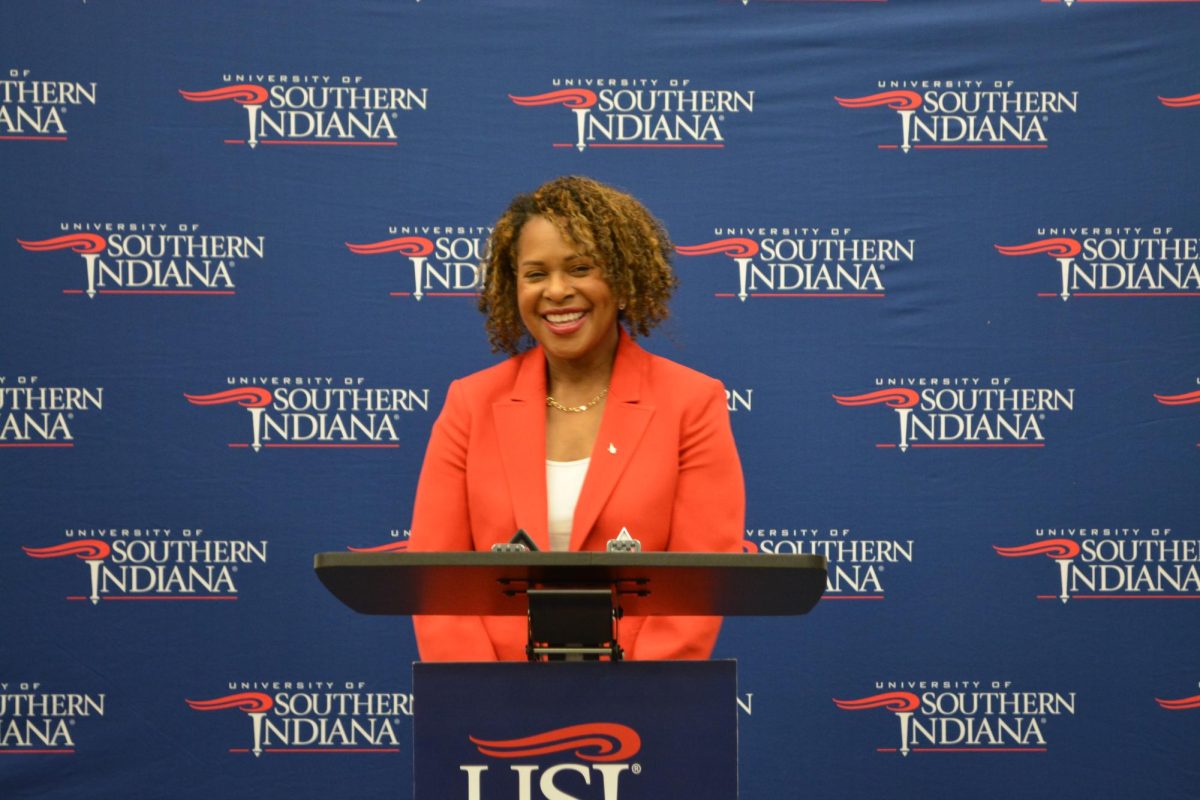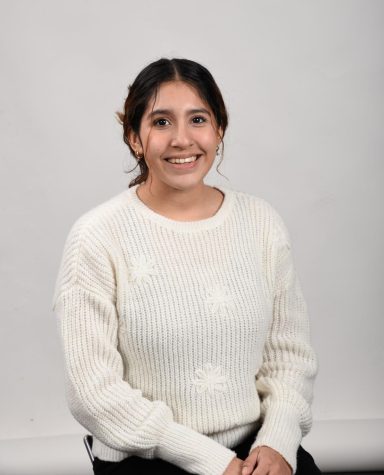Joan Higginbotham, retired NASA astronaut, visited campus to present “Breaking Barriers: An Astronaut’s Inspiring and Winding Road to Space” Sunday in the Screaming Eagles Arena. The event was open to the public as the first event for Solarpalooza, a two-day campus event celebrating the total solar eclipse.
Kent Scheller, professor of physics and chair of the Solarpolooza committee, said Higginbotham was part of the Space Shuttle Discovery, also known as STS 116, where she and the crew spent 13 days in space.
Scheller said Higginbotham is the third African American woman in space and operated the robotic arm for the space shuttle program.
“She had a lot of failures, a lot of successes, but she never gave up,” Scheller said.
Before Higginbotham presented “Breaking Barriers: An Astronaut’s Inspiring and Winding Road to Space,” a media press conference was held in the media room located in the Screaming Eagles Complex.
Higginbotham said she began her journey as an astronaut at the Kennedy Space Center in Florida as a rocket scientist.
“I launched the shuttles into space for the first nine years,” Higginbotham said. “And then I applied to be an astronaut, was not successful the first time, and got some more education, and applied again and I was successful the second time.”
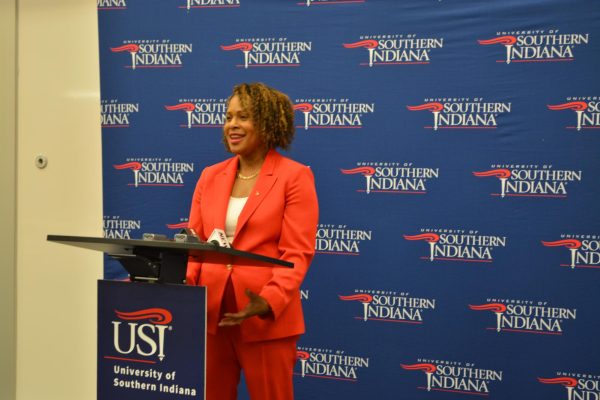
She said her observation was “one of the most incredible, phenomenal, life-altering” events she has ever experienced.
“I just always say that there are no words to really describe a journey to space,” Higginbotham said. “It’s one of those things that you have to experience, and no matter how many times I try to say, ‘Oh, it’s this, and it’s awesome, and it’s that,’ words just don’t do it justice.”
Higginbotham said the shuttle and space station travels at 17,500 miles an hour, and they go around the world once every 90 minutes. During those 90 minutes, they see one sunrise and one sunset.
“So if we just stared out the window for an entire day, for an entire 24 hours, we get to see 16 sunrises and 16 sunsets,” Higginbotham said.
She said it might be inspiring when she shares her journey with others, but she wants people to take away that they can do it, too.
Higginbotham said she grew up in the south side of Chicago, Illinois, in an average household where education was stressed.
“I was always encouraged to do my best, and I knew that if I put my mind to anything and I gave it my all, be it blood, sweat and tears to go along with it, that I could achieve it, and that is the overall message, more so than ‘This is very inspirational,’” Higginbotham said. “And I think that’s the most important message of all.”
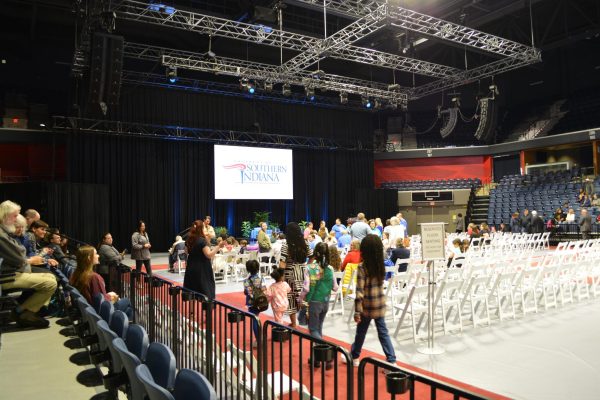
She said her involvement in Girl Scouts when she was younger, transitioning from a Brownie to a Junior instilled teamwork and resourcefulness in her, which were traits that came into play as she became an astronaut.
Higginbotham said following the astronaut career path was an “accidental thing” but was encouraged by someone in her life.
“I would say that he saw something in me that I did not see in myself and encouraged me to apply to be an astronaut,” Higginbotham said. “And it just kinda happened from there.”
Higginbotham said her goal in life was to be an engineer.
“I used to cut wires and wire up stuff, and I just tell people I was born an engineer,” she said.
She said being an engineer was what she aspired to be, but she also had different opportunities.
“I was able to take advantage of them, which led me to be an astronaut, so it doesn’t matter what you start out to be,” Higginbotham said. “My suggestion, my advice to people is always be able to take advantage of great opportunities that come your way, because you just never know what’s going to happen in life.”
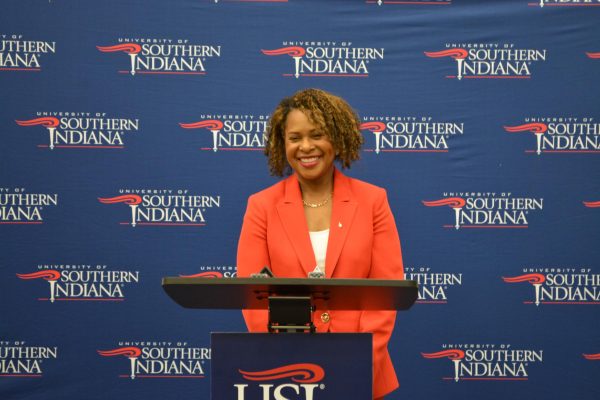
She said the hardest obstacle to overcome in her career was the people who doubted her because sometimes she started to doubt herself.
“It took family, faith and friends to get me through and let me know, ‘Yeah, you too can do this, all you have to do is gutted out, and it will happen,’’’ Higginbotham said.
She said the most memorable moment in space made her mindful of Earth.
“My most memorable moment was seeing my first sunrise in space,” Higginbotham said.
“At the altitude we were flying, we could see about an eighth of the curvature of the entire surface of the earth,” Higginbotham said. “And the sun just kind of came up over the horizon.”
She said she saw the thin line from the atmosphere to be a couple of millimeters thick.
“As I looked at that, I’m like, holy moly, this is the only thing that’s keeping us from extinction,” Higginbotham said. “And it made me be really mindful of how I treat Mother Earth and hopefully, I can let other people and remind them why we ought to be very mindful of how we treat Mother Earth.”
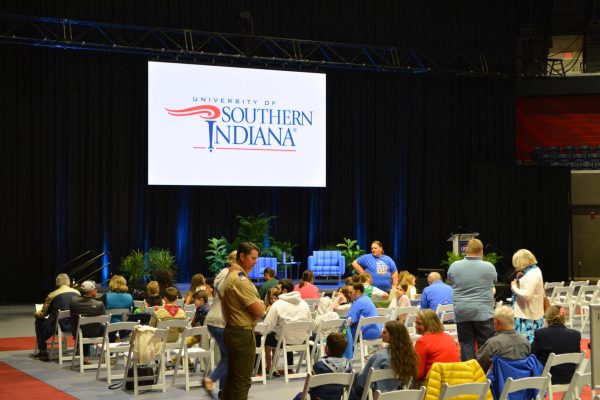
Higginbotham’s one of three pieces of advice to aspiring astronauts is to be a lifelong learner.
“Because things are changing so rapidly when I went into space, things are vastly different from them now, so you have to always be a lifelong learner,” Higginbotham said.
The second thing she said is to be a team player.
“It’s a team sport, you can’t get up to space by yourself,” she said. “So you have to learn how to get along with other people and work on a team, and when somebody is just not at their best that day, you have to learn to pick up the slack for them.”
The third thing was to be mindful of how you treat other human beings.
“I think that’s something, once you become an astronaut and you get to look down on the world, something that will become very apparent to you,” Higginbotham said.
She said young kids watching the total solar eclipse and sparking curiosity is the best thing in the world.
“When we have something like this happen, maybe some kid will say, ‘Hey, maybe one day, I can get to go to the moon, or maybe I can get to go to Mars,’” Higginbotham said. “So hopefully, tomorrow will be a very inspirational day for all those who are young and old alike, for everyone who’s looking at the solar eclipse.”


